White Masterbatch


White Masterbatch
White Colour masterbatches are concentrated mixtures of pigments, additives, and a polymer carrier used to give a variety of plastic products an attractive white appearance. They are vital to the plastics industry because they supply opacity and Colour, both of which are necessary for different applications. TiO2, or titanium dioxide, is the main ingredient in white masterbatches because of its exceptional brightness and opacity. TiO₂ is the most widely used white pigment in masterbatches because of its better performance, while some may also contain other white pigments.
To allow easy processing during the production of plastic items, the pigment is mixed with a polymer carrier. Polypropylene (PP), polystyrene (PS), and polyethylene (PE) are examples of common carrier resins. In order to obtain desired qualities, improve performance, and improve dispersion, the formulation may contain different additives. Stabilizers, dispersion agents, and UV blockers can all fall under this category.
BENEFITS
Benefits of White Masterbatches

Superior Whiteness and Opacity
White Colour masterbatches give plastic products an incredibly bright and consistent white hue. They are mostly formed of titanium dioxide (TiO₂). This improves the finished product's visual attractiveness while guaranteeing that any underlying Colours or patterns are successfully hidden.

UV Protection and Stability
UV stabilizing additives are found in many white masterbatches, which shield the polymer from degradation brought on by exposure to sunshine. This helps outdoor products last longer and keep their aesthetic over time.

Enhanced Processability
White masterbatches are made to be easily included in the production process. Their composition enables the pigment to disperse uniformly throughout processing, producing Colour quality that is constant.

Cost-effectiveness and Customization
When compared to pure pigments, producers can save a lot of money by using masterbatches. The use of masterbatches in production offers versatility by enabling exact control over Colour concentration and customization to individual application needs.
IMPORTANCE
Importance of White Masterbatches
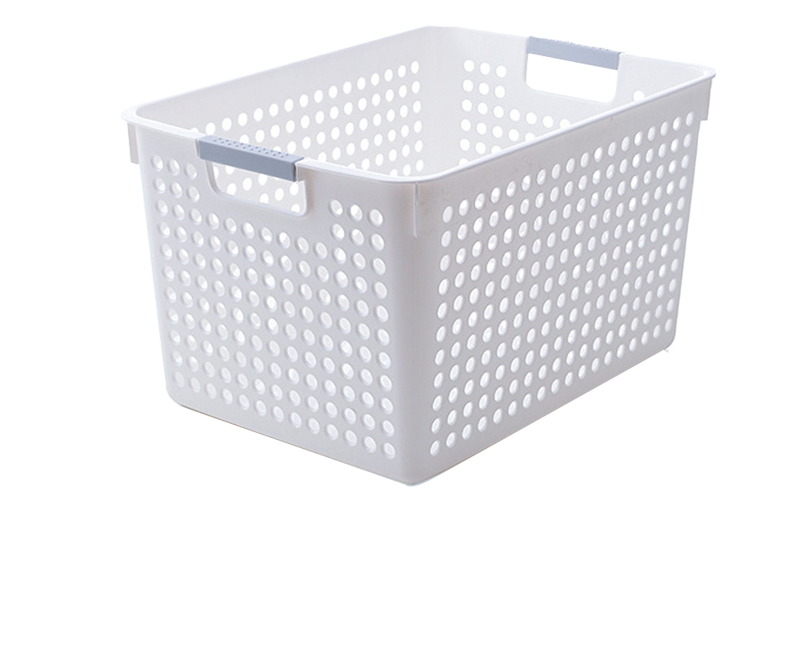
Injection moulding
White-in-Colour masterbatches are an easy approach to adding certain functional features like UV resistance, enhancing product aesthetics, and obtaining a consistent white hue when using injection molding. By guaranteeing easy handling and consistent Colour dispersion in the finished product, they streamline the production process.
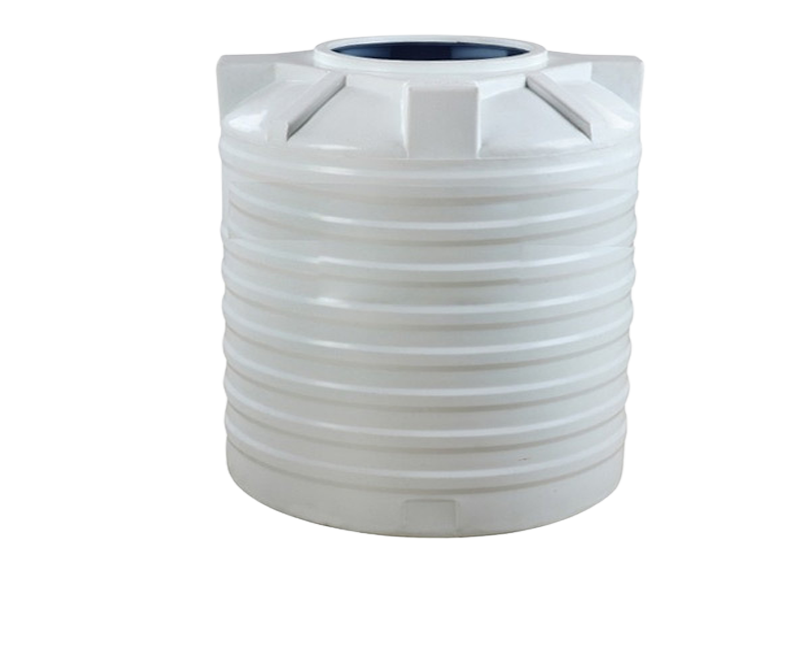
Water Tank
Plastic water tanks are frequently made using white Colour masterbatch, which is mainly utilized to improve the end product's performance and look. White masterbatch has many advantages when used in water tanks, including as enhanced durability, improved appearance, and resistance to UV rays. White masterbatch is a desirable component in the construction of water tanks because of its lower heat absorption, longer lifespan, and appealing appearance.

Non-woven Fabric
levels of whiteness, opacity, and functional characteristics including softness and resistance to UV rays. The base polymer is combined with the masterbatch, heated, and then extruded into fibers that are linked together to produce the fabric. Uniform Colour and appearance are guaranteed by the consistent dispersion of titanium dioxide pigment, and for some applications, the durability and performance of the fabric are improved by additives.

Blow Moulding
For blow molding to produce bright, opaque, and UV-resistant plastic products, white masterbatches are a must. They are manufactured from titanium dioxide distributed in a suitable carrier resin and combined with the base polymer during the blow-moulding process. Consistent Colour and opacity are guaranteed by the white masterbatch, which also offers practical advantages including enhanced aesthetics, heat resistance, and UV protection.

Blown Film
to give polymers Colour in a variety of production processes, such as blown film extrusion. White masterbatches are especially useful in blown film applications because they can improve the final film product's opacity, brightness, and aesthetic appeal. White masterbatch is a crucial component in the creation of blown films because of its advantages, which include better light blocking, improved look, and increased protection against UV radiation.
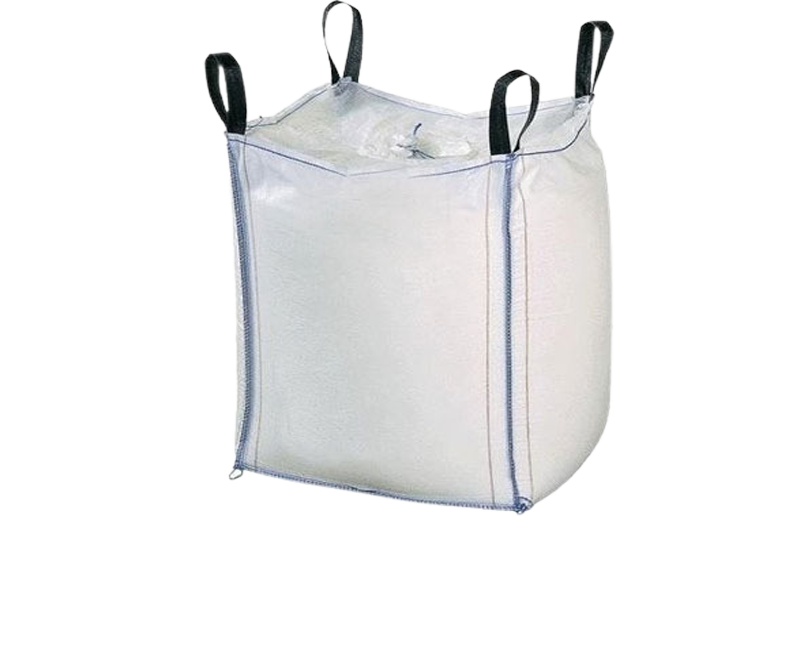
Woven Sack
The manufacturing of woven sacks, which are extensively used to package a variety of goods like building materials, chemicals, and agricultural commodities, depends heavily on the employment of white Colour masterbatch. The performance, look, and functional qualities of the woven sacks are improved by the use of white masterbatch. White masterbatch is a vital part of the woven sack manufacturing process because of its advantages over other materials.

TYPE OF WHITE
Types of White Masterbatches
Types of White
30% titanium dioxide (TiO₂) concentration is a standard formulation used in a variety of plastic production processes for white masterbatches. This particular concentration provides good processing performance while finding a balance between obtaining the required whiteness, opacity, and cost-effectiveness. They offer an excellent mix of cost and performance across a range of applications, and are frequently employed in injection molding, blow molding, film extrusion, and the production of non-woven fabrics.
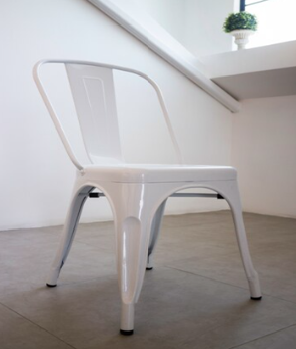
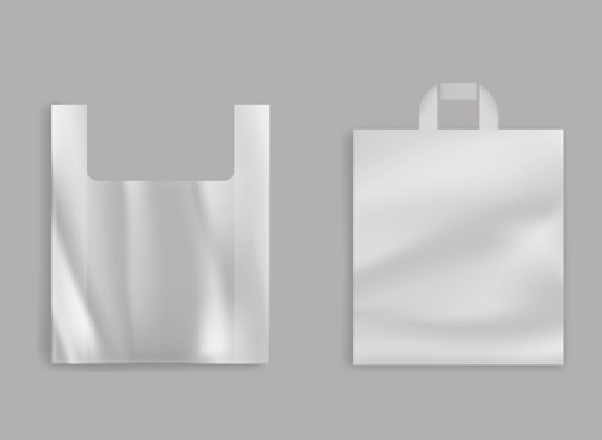

40% titanium dioxide (TiO₂) white masterbatches are a popular formulation that balances cost and performance while providing more opacity and brightness when compared to lesser TiO₂ concentrations. Applications needing a higher level of whiteness, improved light-blocking qualities, and increased UV resistance are best suited for this concentration. Industries including packaging, building, and hygiene products—which demand greater whiteness and light-blocking properties—should use this concentration.
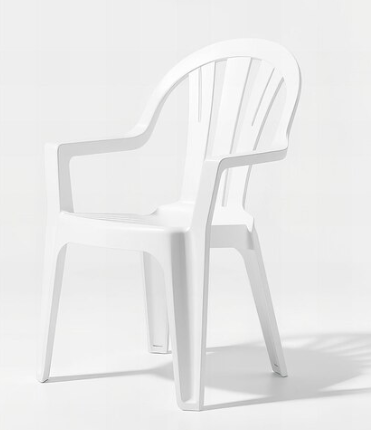
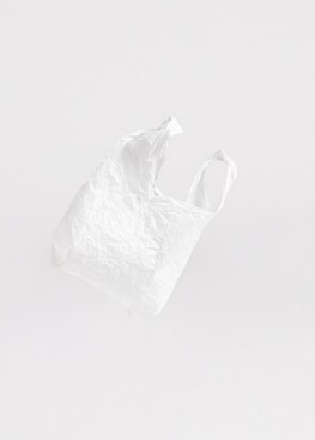
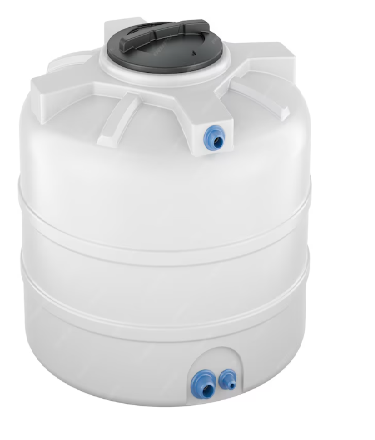
High-performance masterbatches are white masterbatches containing 50% titanium dioxide (TiO₂), which offer superior opacity, whiteness, and UV protection. Usually, demanding applications that require exceptional coverage, brightness, and light-blocking qualities use this high concentration. Products like water tanks, cosmetic packaging, and agricultural films—which must survive outside exposure or need outstanding aesthetic quality—benefit greatly from this high concentration.
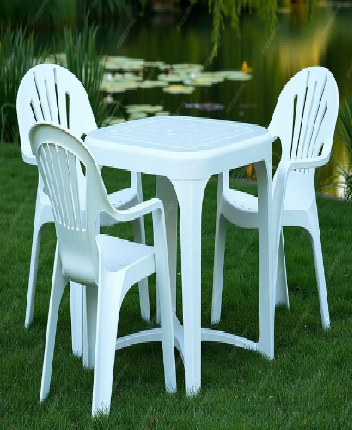
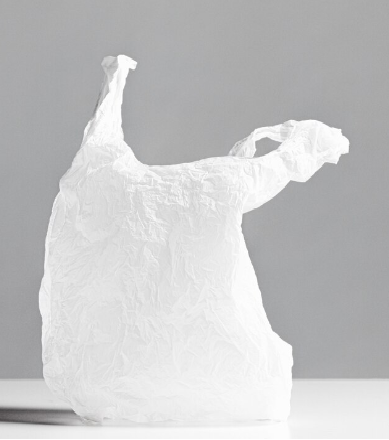
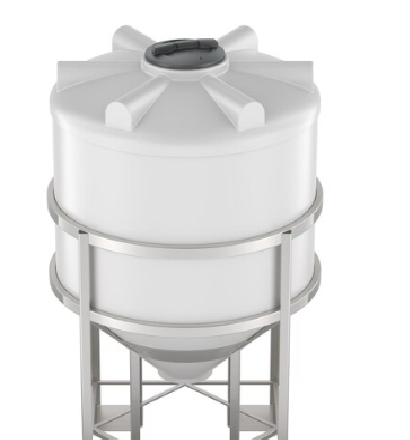
Highly concentrated formulations known as white masterbatches containing 60% titanium dioxide (TiO₂) are made for applications that demand the highest possible degree of whiteness, opacity, and UV protection. These masterbatches are especially outdoor conditions, or adhere to rigorous functional and aesthetic criteria because of their high concentration of TiO₂.
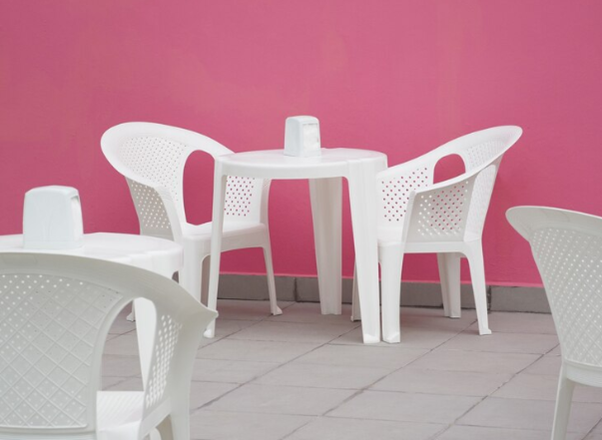
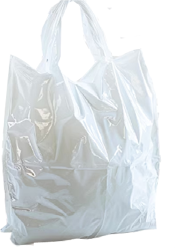
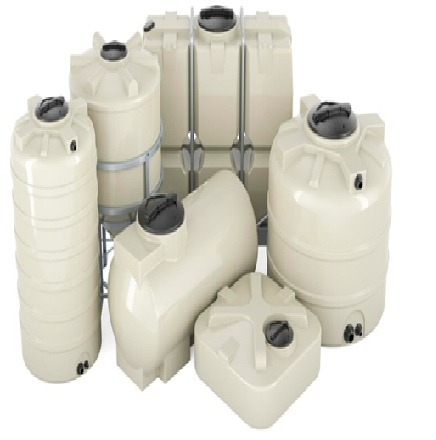
70% titanium dioxide (TiO₂) is found in white masterbatches, which are a highly concentrated formulation intended for applications needing the highest possible degree of opacity, whiteness, and UV protection. This TiO₂ concentration is especially helpful in circumstances where long-term durability and maximum light-blocking capabilities are essential. The performance benefits of 70% TiO₂ masterbatches—such as better visual quality and long-term durability make them perfect for demanding applications where product appearance and protection from environmental variables are crucial.
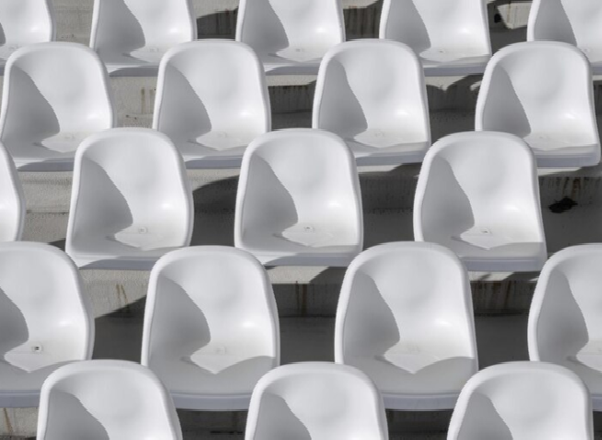
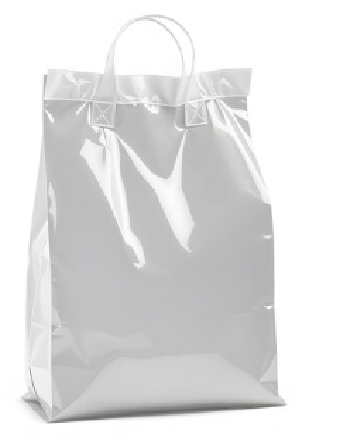

Outstanding levels of whiteness, opacity, and UV protection are offered by extremely concentrated formulations known as white masterbatches containing 75% titanium dioxide (TiO₂). For applications where maximum light-blocking capabilities and long-lasting performance are essential, this high concentration of TiO₂ is especially beneficial.Because of its superior UV resistance, long-lasting durability, and improved visual quality, 75% TiO₂ masterbatches are the perfect choice for demanding applications where product appearance and environmental factor protection are crucial.
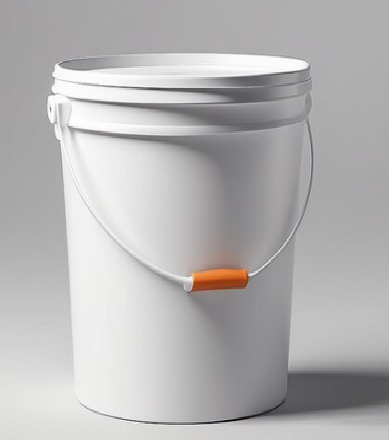
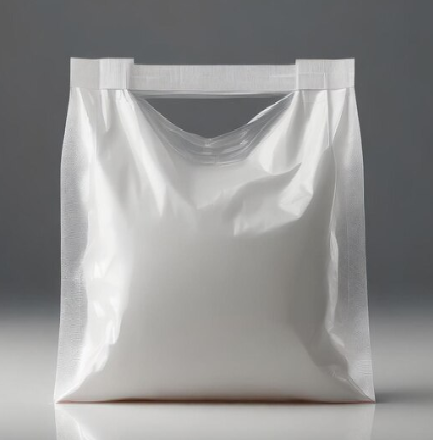
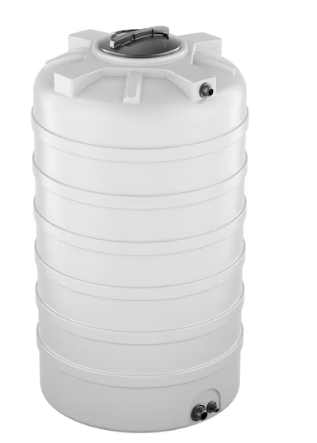
opacity, and UV protection is represented by white masterbatches containing 80% titanium dioxide (TiO2). Applications requiring the highest level of light blocking, visual attractiveness, and long-term performance in harsh situations would benefit most from this concentration. They work especially well with luxury goods from the construction, automotive, hygiene, and packaging sectors. 80% TiO₂ masterbatches are the perfect choice for demanding applications where product appearance and environmental factor protection are crucial.
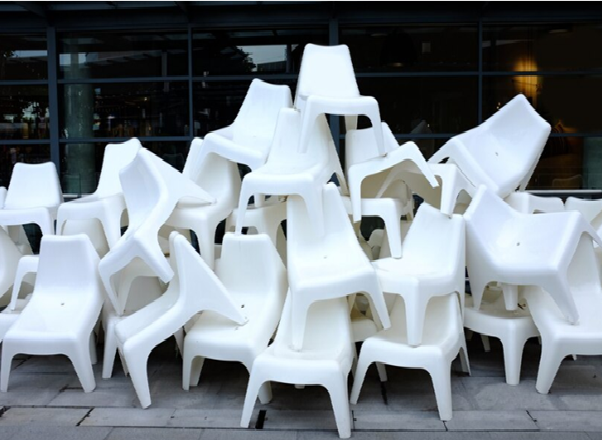
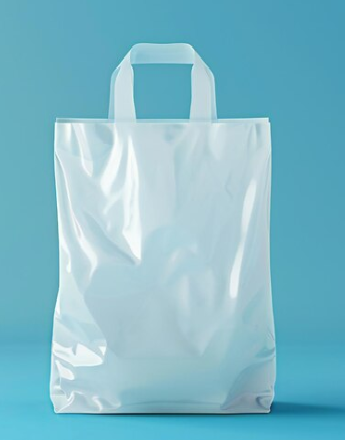
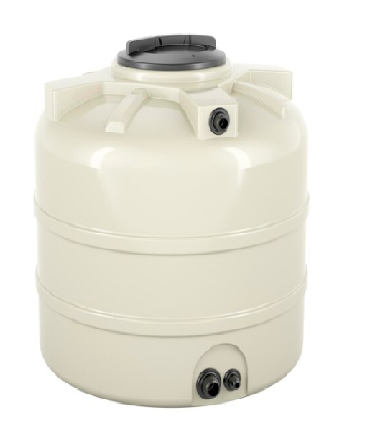
OUR PRODUCT
OUR PRODUCT SOLUTION FOR WHITE MASTERBATCH

INJECTION MOULDING
BLOW MOULDING


